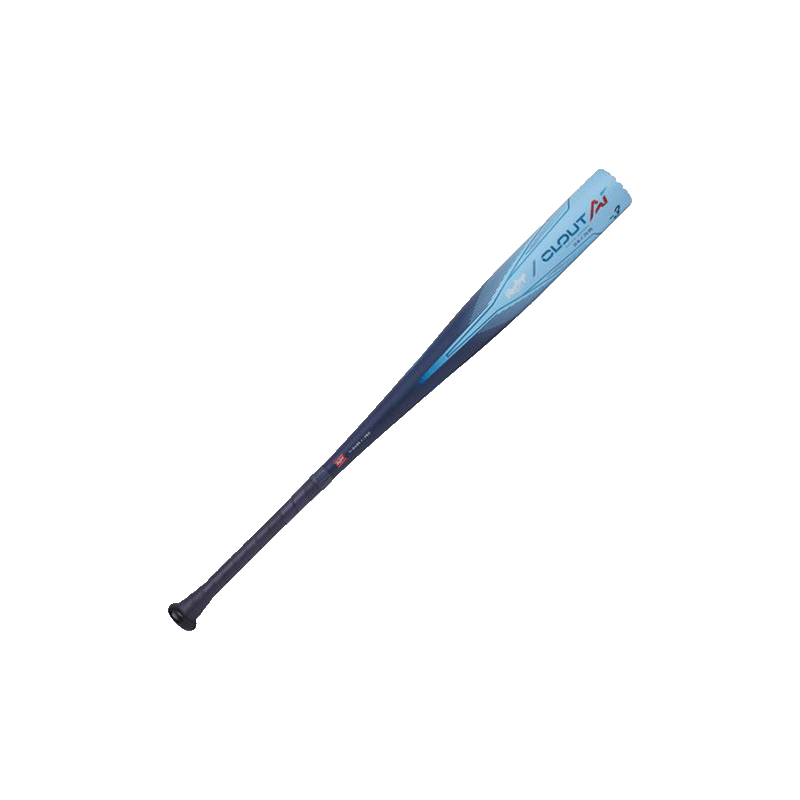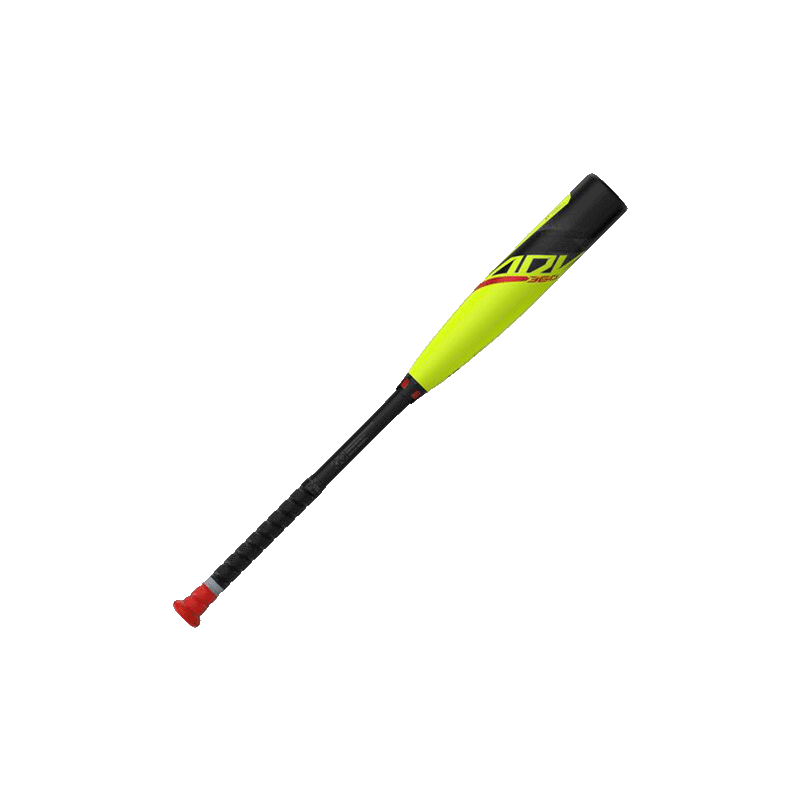
If you're buying a bat, there's one thing you need to remember: Ballplayers put their bats through a lot.
Sometimes our bats break; other times they get worn out and lose their pop. Sometimes, hitters just need something new as their bodies grow and their game progresses.
But one thing is always true: You need a good bat if you want to be effective at the plate. Knowing what to look for when shopping for a bat might be the difference between a liner off the wall or a lazy pop fly in your next at-bat.
There are a lot of factors to consider when you’re trying to find the right bat, and it can be easy to get overwhelmed by your options. Here's how to buy a baseball or softball bat that will help you get the most out of your swing.
What Bat Material Do You Need?
The most basic distinction between bats comes down to material: Wood or non-wood.
Many older players, especially those who want to prove their hitting ability for college or pro scouts, will play in wood-bat leagues for parts of the year. And, of course, MLB pros use wood bats exclusively. Wooden bats can be made from maple, ash, cedar, and other types of wood, depending on a variety of factors like performance, durability, and cost.
However, most youth and high-school baseball players are looking for “metal” bats. This category can actually include bats made from a metal alloy or from carbon fiber composite (or both, like the Easton Split or Rawlings Mach Ai). Metal bats boast higher exit velocities than wood bats, and bat engineers can use more sophisticated technology when designing metal bats.
What League Regulations Do You Need to Follow?
Every league uses certain specifications for which bats are allowed in games. Before games, umpires inspect bats in both dugouts to check for the right certification. Examples include BBCOR, USSSA, and USA Baseball.
BBCOR-certified bats are made for high school and college players, and they’re inspected to make sure bats don’t get too “hot,” creating dangerous exit velocities. All BBCOR bats must also be -3 (pronounced “drop-three”), meaning that a bat’s weight in ounces is three less than its length in inches.
USSSA bats aren’t subject to the same tough standards, so these bats are generally hotter than BBCOR bats (as demonstrated by the Baseball Bat Bros in the video below highlighting the USSSA Rawlings Icon). They’re also available in a variety of different drop-weights, as are USA bats.
USSSA bats are generally used by older youth players, especially once these players begin facing stiffer competition. USA bats are generally used by younger players only.
Always be sure your bat is certified for the league you play in – if not, you’ll be risking automatic outs or even an ejection.
What’s the Right Length for Your Body?
Simple advice: The best baseball bat for you is one that’s comfortable to swing. You also need to be sure you can cover any pitch in the strike zone without having to sacrifice your swing mechanics.
To find the right length for your bat, consider your height and your wingspan. One common trick is to stand your bat up vertically on the ground: In your natural standing position, the knob of the bat should reach the center of your palm.
If you're still not sure what size bat you need, you can check out the bat sizing guide on our blog for more help!
What Is the Right Weight for Your Swing?
Choosing the right weight is a constant balancing act: You need a bat that’s heavy enough to produce force upon impact, but light enough to generate bat speed.
A good rule of thumb is to use the “one-arm” test. Pick up your bat and, gripping the handle with one hand, hold it out in front of your chest. If you can’t hold the bat out for at least 30 seconds, consider trying a lighter model.
But total weight isn’t the whole equation. You also need to consider a bat’s swing weight – in essence, how difficult a bat is to swing. This is affected by the distribution of weight throughout the bat. A 27-ounce bat with an “end-loaded” swing weight will feel more difficult to swing than a 27-ounce bat with a balanced swing weight, but it will also generate more force behind the ball.
You can actually learn all about swing weights by checking out our blog on the subject!
If you’re not sure what swing weight you prefer, then you’ll need to ask the next question . . .
Can You Try It Out?
It's always best to try out a bat prior to purchasing it. Even if you have a certain model or certain specifications in mind, you never truly know how a bat feels until you swing it.
If you're checking some bats out in the store, hold it in your hands and take a few light swings (assuming you have enough space around you). Picture yourself in the batter's box and decide if this is a bat that you can see yourself doing damage with.
If you can, you should check out our Mobile Hit Lab. This high-tech, portable cage makes rounds throughout the country each year, so find out if it will be near you to test some of our bats out yourself!
You may be able to try some bats out at a batting cage near you, too. Rawlings and Easton also have partnerships with D-BAT training facilities, and many of our bats are available to demo and purchase there. And if you're in the St. Louis area, you HAVE to come by and see us at the Rawlings Experience, where you can demo the latest bats on our in-store HitTrax simulator! You never know who you'll run into there . . .
Find the Right Bat for You
If you can’t make it out to any facility, or if a store won’t let you try a bat out before purchase, then do plenty of research. Pay close attention to your current bat: What do you like about it? What would you want to experiment with?
Like baseball itself, finding the right bat is part art and part science. We put the best of both into our bats, so start shopping around to see what you might be interested in from Rawlings or Easton.






